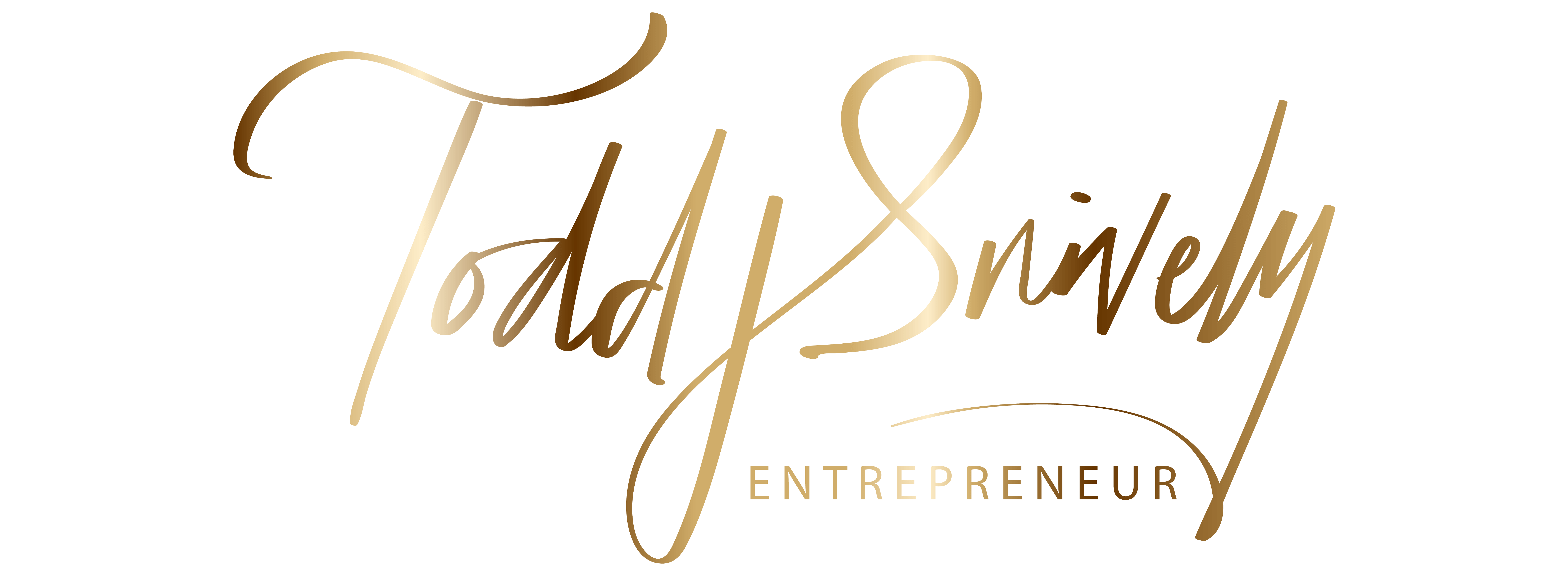What if I told you that writing an online course can sometimes feel like trying to assemble furniture from a store with instructions written in a language you don’t speak? It’s both absurd and oddly delightful, isn’t it? You may wonder where to even begin, and what follows can assist you in navigating this sometimes chaotic process. You might not end up with a perfectly constructed bookshelf, but at least your course will be engaging, enriching, and perhaps even a little quirky.

Understanding the Audience
Who Are You Talking To?
Before you even think about jotting down your course material, you need to know who your audience is. Imagine throwing a party without knowing who’s invited—awkward, right? Similarly, understanding your target audience is pivotal. You want to determine their interests, challenges, and aspirations.
The Audience Profile
Creating a profile for your audience can be a fun and enlightening exercise. Consider elements like:
| Element | Description |
|---|---|
| Demographic | Age, gender, location, and profession |
| Interests | Hobbies, preferences, and challenges |
| Learning Styles | Visual, auditory, kinesthetic, etc. |
| Prior Knowledge | Familiarity with the course topic |
Though the table may look simplistic, it acts as your guiding star when crafting your content. Pulling together this profile shouldn’t take long—try putting on a detective’s hat for a moment and dig into some research.
Content Creation
Laundering Ideas: The Creative Process
Once you know your audience, it’s time to brainstorm. Picture yourself tossing in ideas like dirty laundry: a bit of this, a sprinkle of that. Unlike forming a neat bun, the process of generating ideas may appear chaotic at first. But don’t worry; chaos can be productive.
- Brainstorming: Allow yourself to jot down every idea that comes to mind—don’t filter at this stage.
- Mind Mapping: Create visual connections among ideas. It’s like spider webbing your thoughts!
- Outline Your Content: Break down multi-layered ideas into simpler components.
Golden Nuggets of Knowledge
The content should be gold! In other words, it must provide value. Ask yourself: what lasting insights can you impart? You want your learners to finish your course feeling like they’ve discovered treasure—new skills, knowledge, and confidence.
Course Structure
Organizing your course is crucial. Think of it as designating rooms in your metaphorical house. Each section or module should serve a purpose and flow into the next. A typical structure might include:
| Module | Content Type |
|---|---|
| Introduction | Objectives and expectations |
| Module 1: Basics | Video, reading, quiz |
| Module 2: Intermediate | Interactive activity |
| Module 3: Advanced | Case studies or dialogues |
Tone and Style
The tone you adopt is tantamount. You want to come off as approachable and knowledgeable. Whether you’re like your favorite teacher or a lively friend sharing a secret recipe, select a style that resonates with your audience.
Production Quality
Aesthetic Choices
High-quality visuals and audio can elevate your course tremendously. It’s like adding whipped cream to a cupcake—completely unnecessary but wholly delightful.
- Videos: Invest in good lighting and clear audio. You don’t want your audience straining to decipher what you’re saying.
- Written Content: Maintain a friendly tone, and ensure grammar and punctuation are spot on.
- Design Elements: Use colors, fonts, and layouts that not only catch the eye but also enhance readability.
Technology Tools
There’s an improbable basket of tech tools at your disposal:
| Tool Type | Examples |
|---|---|
| Video Editing | Camtasia, Final Cut Pro |
| Slide Creation | Canva, Google Slides |
| Hosting Platforms | Teachable, Thinkific |
Familiarize yourself with these tools. You might feel like a kid in a candy store, but take your time to decide which options suit your course best.
Marketing Your Course
Why Bother?
Let’s be honest—great content can go unnoticed if no one knows about it. Think of your course as a beautiful painting hanging in a dimly lit room. You need to shine a light on it so that the world can see.
Setting Goals
Before launching your marketing campaign, frame your goals. Whether it’s achieving a certain number of enrollments or getting feedback, having clear targets helps keep chaos in check.
Building an Online Presence
Social media can be your best friend. Platforms like Facebook, Instagram, or LinkedIn let you reach potential learners in .
- Social Media Engagement: Create posts about course snippets—short videos or infographics can work like charm.
- Email Marketing: Your existing contacts can serve as a valuable resource, so keep them in the loop.
Sample Email Structure
| Section | Content |
|---|---|
| Subject Line | Catchy, enticing line |
| Introduction | Brief hello and context |
| Course Preview | Engaging snippet from the course |
| Call-to-Action | Link to sign up or learn more |

Launching the Course
The Big Day: Tips for Success
When the moment finally arrives, everything should run smoothly, right? Not so fast! You’ll need to ensure a robust launch strategy:
- Soft Launch: Provide access to a small group first. Gather feedback and adjust after input.
- Launch Party: Consider hosting a webinar or live Q&A to drum up excitement.
- Follow-Up: Post-launch, reach out to participants for feedback. You want that invaluable insight to fine-tune future courses.
Maintenance and Updates
Just because you’ve launched doesn’t mean you can kick back and relax. Your course might need updates and maintenance. This could involve refreshing content or fixing technical bugs.
| Maintenance Task | Frequency |
|---|---|
| Content Review | Every 6 months |
| Tech Check | Monthly |
| Feedback Analysis | After each course batch |
Thinking of it as a garden: you need to prune a bit sometimes for beauty and growth.
FAQs and Support
Addressing Concerns
Anticipate the questions your audience may have. Be proactive in partaking in FAQs related to your course.
Common Questions to Include:
| Question | Answer |
|---|---|
| What if I can’t keep up? | Flexible pace; review materials as needed. |
| Is there a certificate? | Yes, upon successful completion. |
| What’s the refund policy? | Specify conditions for refunds or exchanges. |
Your clientele will appreciate your preparedness—it shows you care!
Embracing Feedback
The Good, the Bad, and the Ugly
Feedback isn’t always warm and fuzzy. Sometimes it needs to be taken with a grain of salt. Learn to embrace it. Constructive criticism can elucidate strengths and weaknesses and is essential for growth.
- Positive Feedback: Celebrate it but don’t become complacent.
- Negative Feedback: View it as an opportunity for improvement.
Continuous Improvement
After each course’s run, evaluate. What engaged learners? What left them befuddled? This analysis will enhance your future endeavors.
Final Thoughts
Turning your ideas into an online course can feel like a wild ride, filled with ups, downs, and occasional dizzy spells. Yet, it is a deeply rewarding journey where you can share your knowledge with the world. By maintaining a friendly and approachable tone, staying organized and open to feedback, you can succeed.
Your course might just be the whimsical little adventure learners never knew they needed, changing lives along the way. So, when you settle down with a coffee and spill ideas onto your notepad, remember: the absurdities will be worth it!

